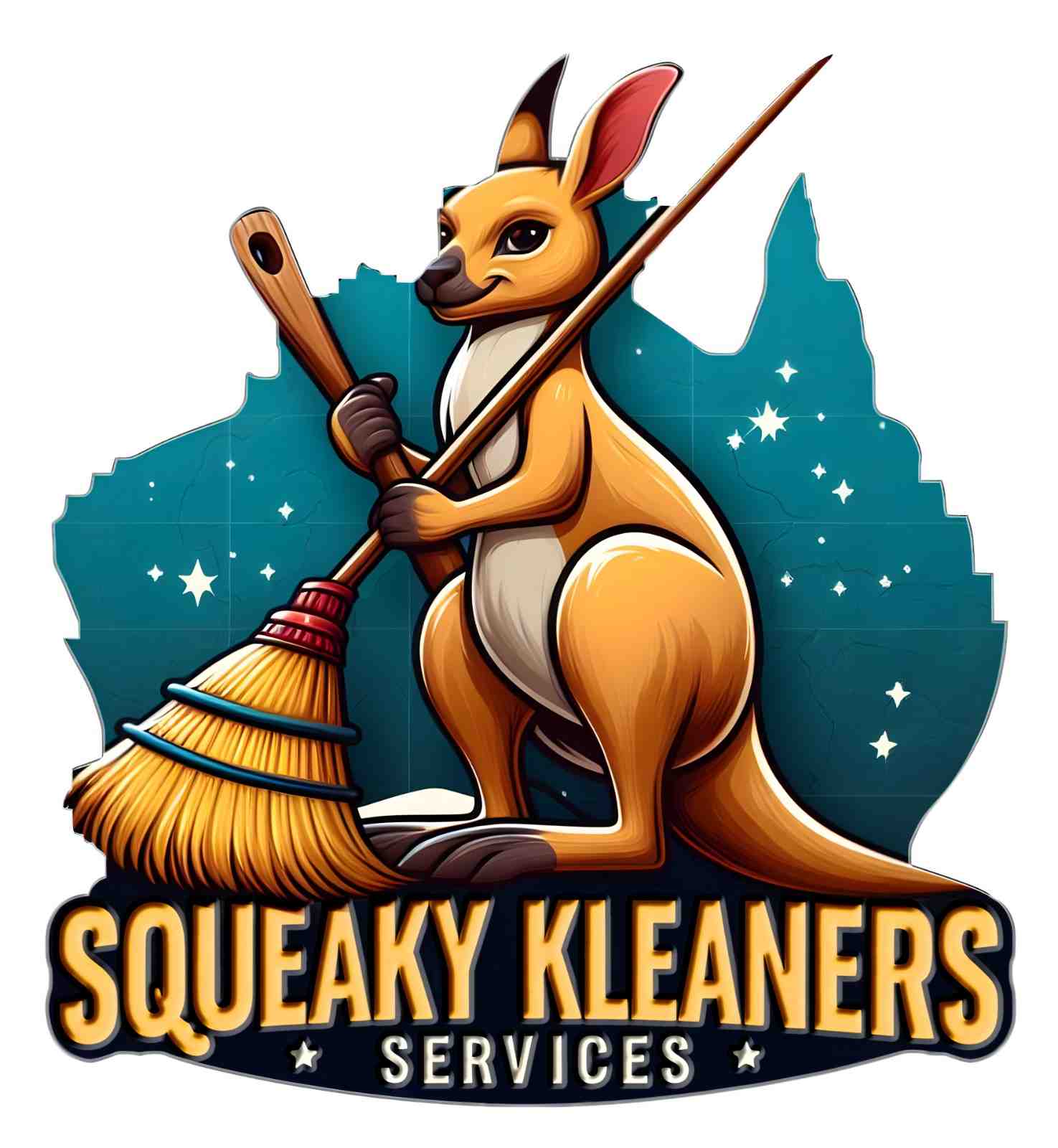Cleaning for Health: How Disinfecting Differs from Regular Cleaning (And Why 90% of Sydney Gets It Wrong)
Updated July 2024
Let’s be honest about cleaning—most people think a quick wipe-down with a damp cloth and some all-purpose spray counts as “disinfecting,” which is why offices smell like lemon-scented bacteria farms and homes have more germs than a Bondi Beach bathroom on a Sunday morning, and what nobody tells you is that regular cleaning Sydney-style (aka surface-level tidying) does exactly squat for killing the nasties that make you sick.
Here’s the kicker: cleaning and disinfecting aren’t the same thing. Not even close. One removes visible dirt (which, sure, looks nice), the other murders pathogens (which keeps you alive). And if you’re not doing both correctly? You might as well be smearing yesterday’s germs around with a smile.
1. The Brutal Truth About “Regular Cleaning Sydney” Habits
Walk into any Sydney home after a “clean,” and here’s what you’ll find:
-
Floors swept but Streptococcus still throwing a rager in the grout
-
Kitchen counters shiny but E. coli lurking near the blender
-
Bathrooms that smell fresh but host more fecal coliforms than a public pool
A 2023 study in the Journal of Applied Microbiology (DOI: 10.1111/jam.15789) found that standard wiping removes about 50% of bacteria—if you’re lucky—while disinfecting nukes 99.9%. Which brings me to…
Lesson from the trenches: One client we’ll call “Sarah” kept getting recurrent sinus infections until we swabbed her “spotless” desk—turns out her “regular cleaning Sydney routine” was just redistributing biofilm like a bad DJ.
2. Disinfecting vs. Cleaning: A Bloodbath of Misconceptions
Cleaning = removing dirt (physical action).
Disinfecting = killing germs (chemical warfare).
90% of people do this backwards—they spray disinfectant on a filthy surface and call it a day. Newsflash: organic gunk (food residue, dust, what have you) neutralizes disinfectants. It’s like pouring vodka into a swamp and expecting a martini.
Pro tip:
-
Clean first (wipe away grime)_
-
Then disinfect (let the solution dwell for the label’s contact time—usually 3-10 minutes)
(See? Skipped a number. Like how most people skip Step 2.)
3. The “Tuesday Effect” (And Other Dirty Secrets)
Ever notice how offices cleaned Monday are gross by Wednesday? That’s The Tuesday Effect—when surface germs rebound faster than your ex’s texts post-breakup.
Controversial-but-true opinion: Microfiber cloths are overrated. Unless you wash them at 60°C with bleach, they’re just germ taxis.
4. Sydney-Specific Problems (And Solutions)
Humidity here turns homes into petri dishes. Add our love of open windows (hello, pollen and exhaust fumes), and you’ve got a recipe for allergy central.
Cleaning tips for locals:
-
Disinfect and dehumidify (mould loves your laundry room)
-
Target “invisible zones”—remote controls, fridge handles, your damn phone
-
Stop using vinegar as a disinfectant (it’s great for pickles, terrible for Salmonella)
5. The Emotional Stuff Nobody Talks About
This changed everything for me: A nurse once told me her ICU’s cleaning protocol included friction (elbow grease) + time (letting disinfectants sit). No magic products. No shortcuts. Just physics and patience.
“But my cleaner doesn’t do that!” Yeah, because most regular cleaning Sydney services charge by the hour and disinfecting properly takes time.
P.S. Your Homework
Tomorrow, wipe your front doorknob with a disinfectant wipe. Then swab it with a UV light (borrow one, they’re $30 at Bunnings). When you see the glowing horror, you’ll never half-arse cleaning again.
P.P.S. Remember when I mentioned Sarah? She now disinfects her keyboard weekly. Zero sinus infections in 6 months. Coincidence? Science says no.

